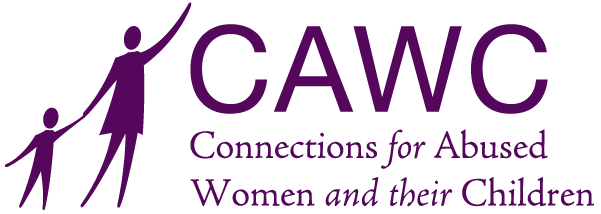Leaving an abusive relationship is rarely as easy or simple as most people would like to believe it is. According to the National Domestic Violence Hotline, it takes domestic violence survivors an average of seven attempts to leave their abusive partner before they make the split final. The reasons for this are as many and varied as the people who experience abuse: kids, financial stability and/or housing, and hope that the abuser will finally change their ways can all play a role in keeping someone in an abusive relationship.
Even if someone has made the decision to leave, figuring out how to do so often presents its own set of problems. The following guidelines can help you or a loved one stay safe and start new lives as smoothly as possible:
- ● Make a plan. Before you leave your abuser, decide where you’ll go. If it’s a trusted friend or family member’s house, make arrangements with them ahead of time and ask them to be discreet. If staying with someone you know isn’t an option, research shelters in your area.
- ● Prepare the essentials. Keep a grab bag stocked with essentials like extra clothes, toiletries, medications, and money. Don’t forget important legal documents, like your social security card, birth certificate, ID and/or passport, insurance information, and any other official records. For added safety, consider making electronic copies of these documents. Keep these items in a safe place where your abuser won’t find them, or ask a trusted friend to hold them for you.
- ● Document your abuse. Particularly if you have children with your abuser and/or are married to them, you may have to provide evidence of your abuse for legal purposes at some point. This might include photographs, correspondence between you and your abuser, police reports, medical records, or anything else that can corroborate your experiences.
- ● Protect your privacy. If you’re worried about your abuser finding or stalking you again, make sure you protect your private information. Get a new phone number, rent a PO box rather than having things mailed to your home address, and open new bank accounts and credit cards (preferably at a different bank). If you have any other shared accounts with your abuser, remove yourself from them or stop using them.
- ● Take legal recourse if necessary. If you feel unsafe, talk to your local police department about a restraining order. If you have children or are married, find a custody or divorce lawyer as soon as you’re able and talk to them about next steps.
If you’re struggling with how to leave an abusive relationship, we can help. At Connections for Abused Women and Their Children (CAWC), we believe that everyone has a right to a life free of violence. Our mission to end domestic violence is rooted in education, service, and advocacy. In addition to working toward broader social change, we provide empowerment-based and trauma-informed support in the form of shelter, counseling, and advocacy to individuals affected by domestic violence and their children. If you or someone you know is struggling with domestic violence, don’t hesitate to call our 24-hour hotline at (773) 278-4566. To support our work, consider volunteering or donating.
